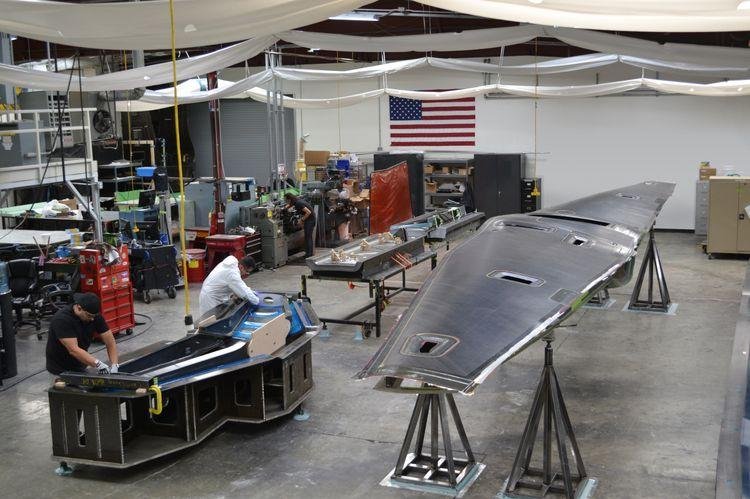SAN DIEGO, Nov. 29 (UPI) -- Northrop Grumman has completed two critical design reviews for the Tern program, a project facilitating the development of new remotely piloted aircraft.
Tern is a joint effort between Northrop Grumman, the Office of Naval Research, and the U.S. Defense Advanced Research Projects Agency. The industry team is collaborating on the development of a new unmanned aerial vehicle that can be deployed from maritime platforms for surveillance and strike missions. The new aircraft is being designed to fly in vertical and horizontal modes.















